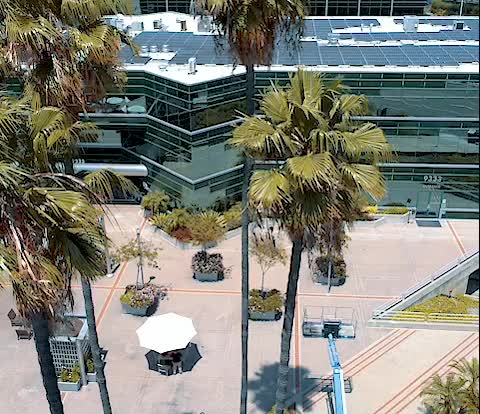49 states currently ban sunscreen in schools and camps. California is the only state to allow kids to bring sunscreen without a doctor’s note. This summer outraged Tacoma mom, Jesse Michener, took on a school district when her daughters came home from a field trip severely burned.
The policies stand as a protection against the additives that could potentially trigger allergic reactions in children. Is an outbreak of allergic reactions likely to happen? How much more likely is a group of children to have allergic reactions to a lotion than to have severe burns from the sun? Are sunscreen allergies more common than allergies to soap?
The answer is a resounding no. We stand by Jesse’s cry to end the ban on sunscreen in schools. Children of all ages should have access to sunscreen in any area where daylight exists.
The Food and Drug Administration is taking steps to help protect consumers from sun damages to the skin. You hear everyone (including us!) remind you constantly how important it is to guard your skin with sunscreen to prevent premature aging and skin cancer. You are constantly exposed to the messages about the effectiveness of sunscreen products and how they are necessary for healthy skin. Yet all the while, our children are not being protected for a full day at school.
As a rule, sunscreen should be reapplied every 2-3 hours, and even more frequently if you are engaged in physical activity or have gone in the water. Even if parents apply sunscreen to their children before class, by the time lunchtime recess comes around the child is unprotected from the sun. Children should be reapplying during recess and before after-school activities.
Thanks to Jesse and others, policies are being fought against. If you disagree with school’s sunscreen policies around the country, please leave your thoughts here and be sure to visit SunSafetyForKids.org to learn how to find or create a committee near you so we can change these policies once and for all!
Next, learn more about How the Sun Can Create Sun Spots.





